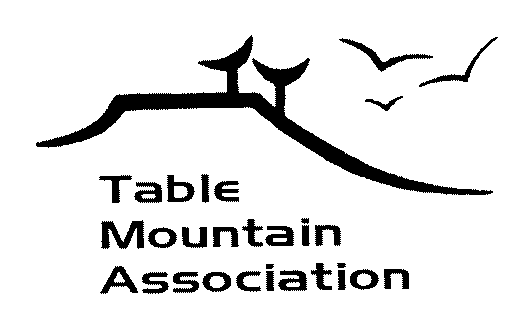
BACK TO THE BEGINNING: THE LEFT HAND DITCH SYSTEM
by Suzanne Webel
I've heard the oldtimers' stories about water over and over again, but only recently have I begun to understand their significance. I know it will take a lifetime of listening and learning to really appreciate the magnitude of what the early settlers accomplished.
The Left Hand Ditch got its start in a pretty colorful way. In 1860, farmers of the Left Hand Area filed to protect their ditch rights, which they incorporated into the Left Hand Ditch Company a few years later. The time from 1860 to 1867 was an exceptionally dry period, and the ditches sometimes went dry. At one point a handful of local farmers went up into the mountains to determine the problem. They found both the Left Hand and "Jim" (James) Creeks to be dry, but there appeared to be plenty of water in Isabelle and Brainard Lakes, which drained northward into the St. Vrain Creek. So they started speculating about how to divert water southward into the Left Hand watershed to help their farms below. Several historical reports refer to an "Indian Jack" who showed them where they could get some water out of the St. Vrain Creek by digging a short ditch over a small ridge just west of what is now the Peak-to-Peak Highway north of Ward (1). A group of settlers including James and Samuel Arbuthnot, Jerome Gould, and N.M. Henry, went back up with a team of horses, plowed the ditch and built a berm, and filed water rights on it. Reports also refer to the group having filed mining claims in the area around Jamestown and using some of the diverted water to sluice gold from the stream gravel.
Of course, the farmers in the neighboring St. Vrain Valley woke up the next day and wondered what had happened to their water. George Coffin, whose family had held a junior right to divert water from the St. Vrain Creek east of Longmont since 1861, watched his corn shrivel in the summer heat. In a rage, he and several of his neighbors went upstream until they came to the new diversion and blew it up. The Left Hand people rebuilt it immediately and "sat on it with a rifle this time" (2). After several of these encounters, in which gunplay seemed imminent, litigation was suggested as a better means of settling the argument.
The state supreme court, in a ruling which became the basis for all water rights in the western states, found in favor of the Left Hand Ditch company. Even though the water they diverted came from another watershed entirely, it had been unappropriated and did not harm senior water rights in the basin it had come from (remember the Big Thompson project- it diverts water here all the way from the Western Slope!). This landmark decision, known as "Coffin vs. Left Hand," enabled the irrigation of approximately 20,000 acres of valley land around Table Mountain, whereas only about 200 acres would have been irrigable from the creek originally. To this day, decisions can be made by the Left Hand Ditch Company whether to spill water north into the St. Vrain Valley or south into the Left Hand Valley.
The Left Hand Ditch system today owns five reservoirs: Isabelle, Left Hand Park Reservoir, Gold Lake in the mountains, Allens Lake located west of Foothills Highway at Lake of the Pines, and Left Hand Valley Reservoir located east of Foothills at Neva Road. In addition to the main Left Hand Ditch, there are thirteen subsidiary ditches in the Table Mountain area: Lake, Tollgate, Haldi, Crocker, Table Mountain, Bader, Johnson, Star, Hinman, Holland, Budd and Hornbaker, Williamson, and Busch (3). In 1995, which was a very wet year, some 40,000 acre feet of water went through the recording device but only about 14,000 were used; in a more typical year, the average amount of water used by the system is between 20,000 and 22,000 acre feet (1).
The Left Hand Ditch Company system is unusual among county irrigation companies because it has never been under the jurisdiction of the State Water Commission. Also its system is unique in that the shareholders are allowed equal priority for water use; each shareholder is guaranteed equal access to the water flowing in the ditch (2). The Ditch Company is run by a Board of Directors and makes an annual report to shareholders in February.
As I struggle with making my miniscule portion of the Left Hand Ditch system go where I want it to, I reflect humbly on the pioneers and the immensity of the challenges they faced. Through their hard work and occasional flashes of brilliance, they laid a solid foundation from which we all still benefit daily.
References
(1) Ochs, S. Alice, 1996. Water: Basis for Success... Left Hand Ditch Company History, the First 130 Years.
(2) Dyni, Anne, 1989. Pioneer Voices of the Boulder Valley... An Oral History.
(3) Dayhoff, Judy Gould, 1999. Left Hand Ditch Company.
Footnote: The former Coffin farm is the keystone of what is now the City of Longmont's new showplace, Sandstone Ranch Park.